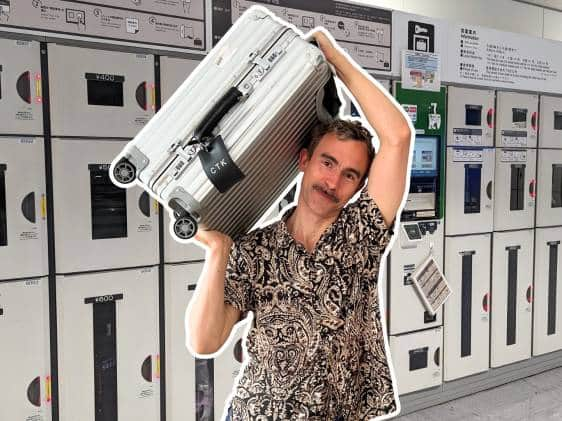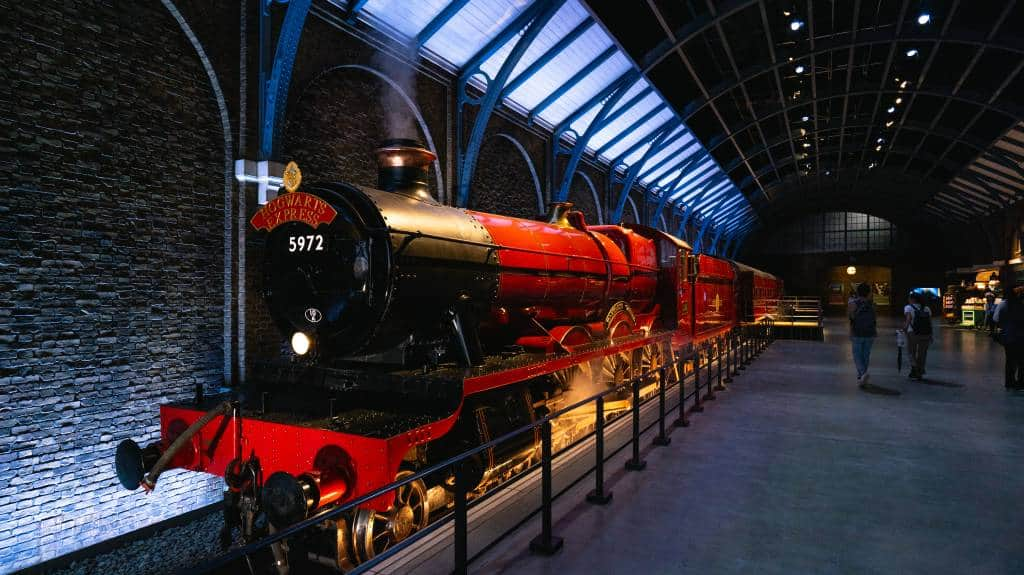
At first I thought it was me and my thing for Tokyo and its predecessor, Edo—and for dioramas—but after getting lots of feedback from friends who also visited it and from various guides, I came to the conclusion that no, the Edo Tokyo Museum is indeed one of the most interesting museums in Tokyo. The weird 1993 building (they say it was made to look like an old-style warehouse but it looks more like something out of a Star Wars movie) next to the sumo arena (Kokugikan) in Ryogoku offers a fascinating glimpse into how the world’s biggest metropolis came to be.

Starting from the beginning of the 17th century when shogun Tokugawa Ieyasu (founder of the dynasty that would rule Japan for over 2.5 centuries) made the rather insignificant village his base and passing from the birth and development of Edo culture to the Meiji Era (1868-1912) modernization, the post war destruction and rebuilding to our times—the museum covers pretty much everything related to what we know as Tokyo. And it presents it in the best possible way; think of it as more of a Tokyo theme park and less as a sterile museum filled with dusty things behind glass panes.

The permanent collection is separated into two main areas; not surprisingly named “Edo” (from 1600 to 1868) and “Tokyo” (from 1868 until today). For the first section, the creators of the museum have gone into great lengths to recreate as much of the Edo culture and life as possible: starting from a replica of the original Nihonbashi bridge the visitor really “goes to Edo” and from there they can walk through, go in and interact with pretty much every aspect of life in Edo, be it that of the feudal lords who kept estates there or of the townspeople.

All the usual suspects are there: sushi, ukiyoe, Kabuki, Yoshiwara pleasure quarter, the festivals, the firemen, the shops that became today’s great department stores and they are presented either in their actual size or in very well constructed models set in dioramas with thousands of figures bringing them to life. At the same time, tons of information is offered (even to non-Japanese speakers, either by audio guides offered in the entrance or by very capable and very polite volunteer human guides you can book in advance –check the website for more) so you can put things in perspective.

The detailed presentation carries over to the Meiji, Taisho and Showa Eras reaching our (Heisei) times; as expected from the moment we cross the 20th century threshold, the collection becomes more real since lots of actual objects from 100 or 50 or 30 years ago have made it to our days unscathed. Gadgets, everyday appliances and household items, clothes; everything that shows how life in Tokyo became the phantasmagoria we see today is there to see, touch and discover. You really won’t realize how 4 hours (the average time needed to see the whole permanent exhibition) passed.

If you have some more time and energy, there are always at least a couple of special exhibitions going on. There is a separate ticket for them but since you’re there, make sure to check them out since they’ll probably worth the extra few yen. Also, don’t neglect to check the special events, such as the hands-on “experience” classes or the lectures—especially if you can get by in Japanese: the Edo Tokyo Museum is also one of Japan’s most prominent organizations in the fields of researching and disseminating the culture of the metropolis so you can really learn a lot from it. And in a really fun, non-Japanese-friendly way too!

And for more Edo action, try the Fukagawa Edo Museum in Shirakawa plus some of these Edo theme parks around Japan.
Sat, 09:30-19:30
closed Mondays



































